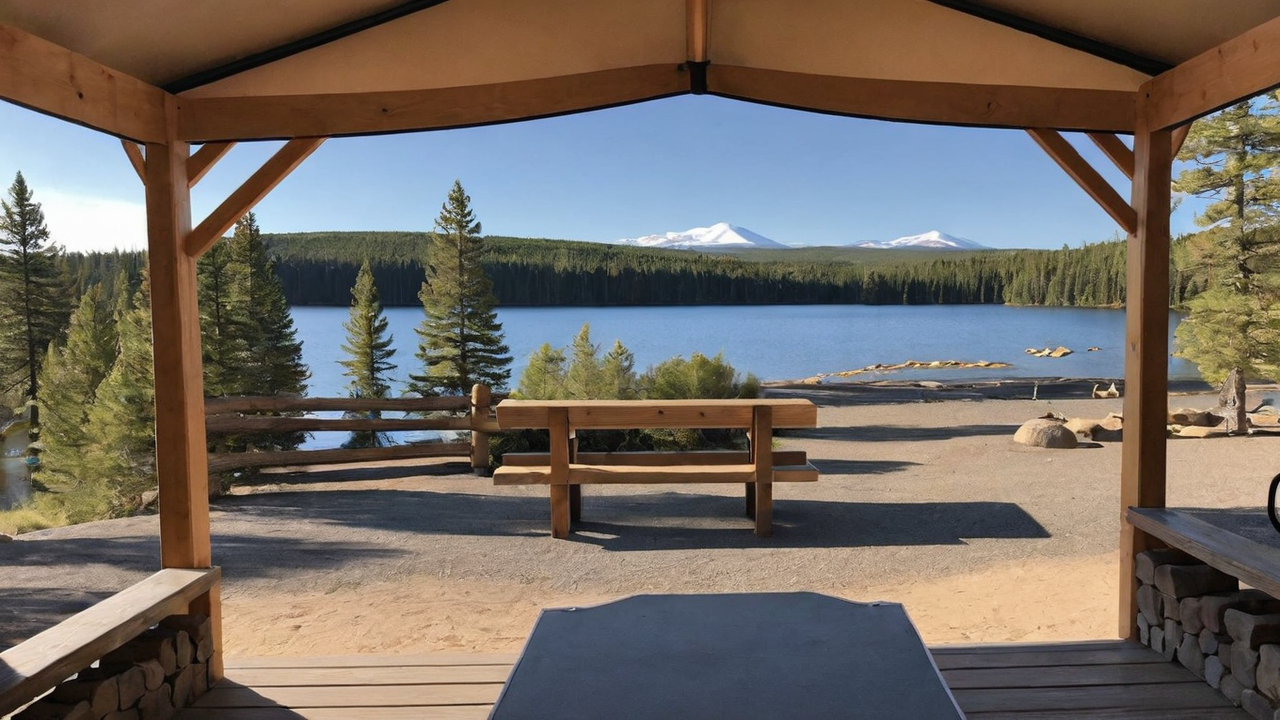
Understanding The Users
Knowing which your intended audience are essential in crafting an efficient user experience. It's crucial to consider your requirements, likes, and tech competence. This understanding directs every design choice, ensuring that your software becomes user-friendly and easy to use.
Understanding the audience likewise means recognizing their challenges and the way they plan to utilize the camping software. This allows the designers to tailor functions and functionalities that address specific requirements, making your software not only helpful but also essential.
Simplifying the Navigation System
Simplifying your navigation can be one critical component of user interface designing. A clear navigation structure makes sure users can quickly locate what they're looking for, cutting down frustration and improving satisfaction levels. It's about the user journey through the software as smooth and effortless as possible.
Additionally, effective navigation leads visitors through your application, showcasing functions and tools that they might otherwise would overlook. Such an approach not only improves user experience but also encourages deeper interaction with your campground software full array of capabilities.
Incorporating Premium Visuals
Visuals have a crucial part in creating a engaging user interface. Visuals help in breaking monotony and can demonstrate features more clearly than description alone. Choosing the correct graphics, icons, and color schemes can greatly enhance the overall appearance of the software, thereby making it more appealing to your eye.
Moreover, a consistent visual style is for creating a strong brand identity and trust among your users. Every element must be in alignment with the brand's ethos and the overall message of the application, resulting in a seamless user experience that is both polished and welcoming.
Enhancing the Responsiveness
In the current digital world, users demand camping software to be responsive on every platforms, from desktops to smartphones. An responsive design ensures that no matter of what screen size, your software offers an uncompromised user experience. This not only boosts usability but likewise caters to the users’ on-the-go lifestyle.
Moreover, enhancing your software’s responsiveness can also result in better performance, decreasing the loading time and preventing frustration. Users value a speedy and smooth experience when accessing camping applications, and this makes performance an element in satisfaction levels.
Enhancing the Search Functionality
Finding data swiftly is fundamental in any kind of application, especially in campground management. Optimizing your search feature permits users to easily locate what they're searching for, which in turn boosts their experience and efficiency. By incorporating intelligent search features, you can decrease the frustration and increase overall satisfaction.
Additionally, sophisticated search features such as filtering options and tagging can help in narrowing down results, making the process even efficient. Introducing these functionalities demonstrates a understanding of your users' needs and a commitment to enhancing the user’s experience with the campground software as smooth and productive as possible.
Prioritizing Security
Protecting user information must be non-negotiable when coming to developing campground programs. Your users expect to feel safe when entering their personal information. Ensuring strong security measures not only protects their information but likewise builds a sense of trust between your customer and your company.
In addition to standard protections like strong passwords and data encryption, it's important to consider integrating sophisticated options such as two-factor authentication or biometric security verification. These features provide an extra layer of security, ensuring that user data is kept safe from unauthorized access.
Leveraging User Feedback
Feedback is vital for ongoing improvement of the campground software. It allows developers to understand what works, what doesn’t work, and how their application can be enhanced to better meet the user’s expectations. Actively seeking this type of feedback establishes a partnership between your customers and the team, making them feel they are part of the product's evolution.
Using this feedback into account can result in tangible enhancements in user interface design and overall user experience. Implementing changes based on actual input proves that your brand cares about its customers and is committed to providing a high-quality product.
Maintaining Simplicity
In the realm of UI design, the principle of simplicity is golden. An overly complicated interface can confuse the users, resulting in an unpleasant user experience. Simplicity, on the hand, helps your software more intuitive and user-friendly. It promotes greater user engagement and satisfaction.
Furthermore, keeping the simplicity should also extend to the content and features. Avoiding superfluous functions that don’t add value can help ensure that the UI remains sleek and focused on meeting the core requirements of your users. By, you can design a more streamlined and efficient user experience that appeals with click for more the audience.
Comments on “Crafting an Ultimate User Experience: Design Principles for Camping Software”